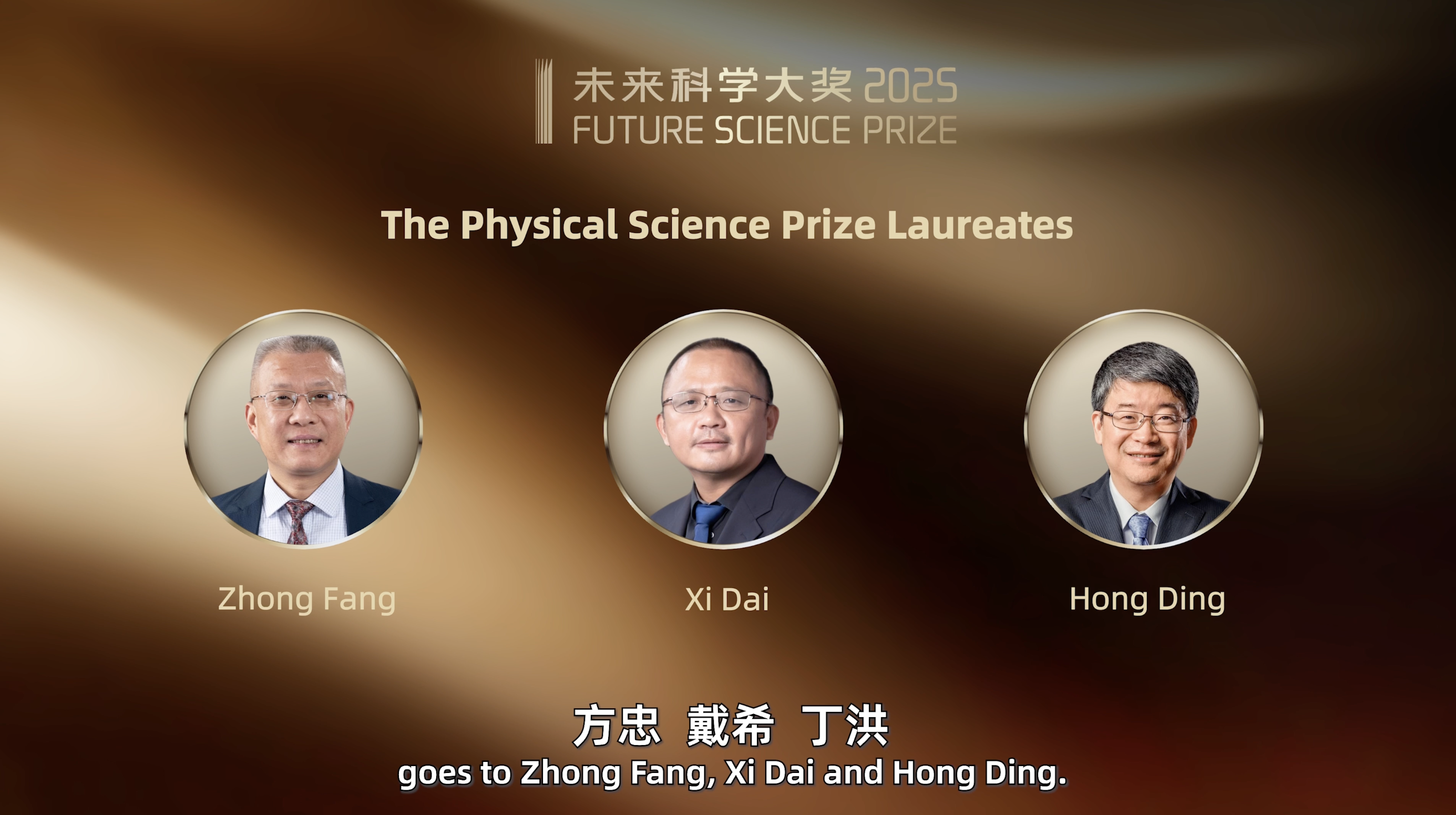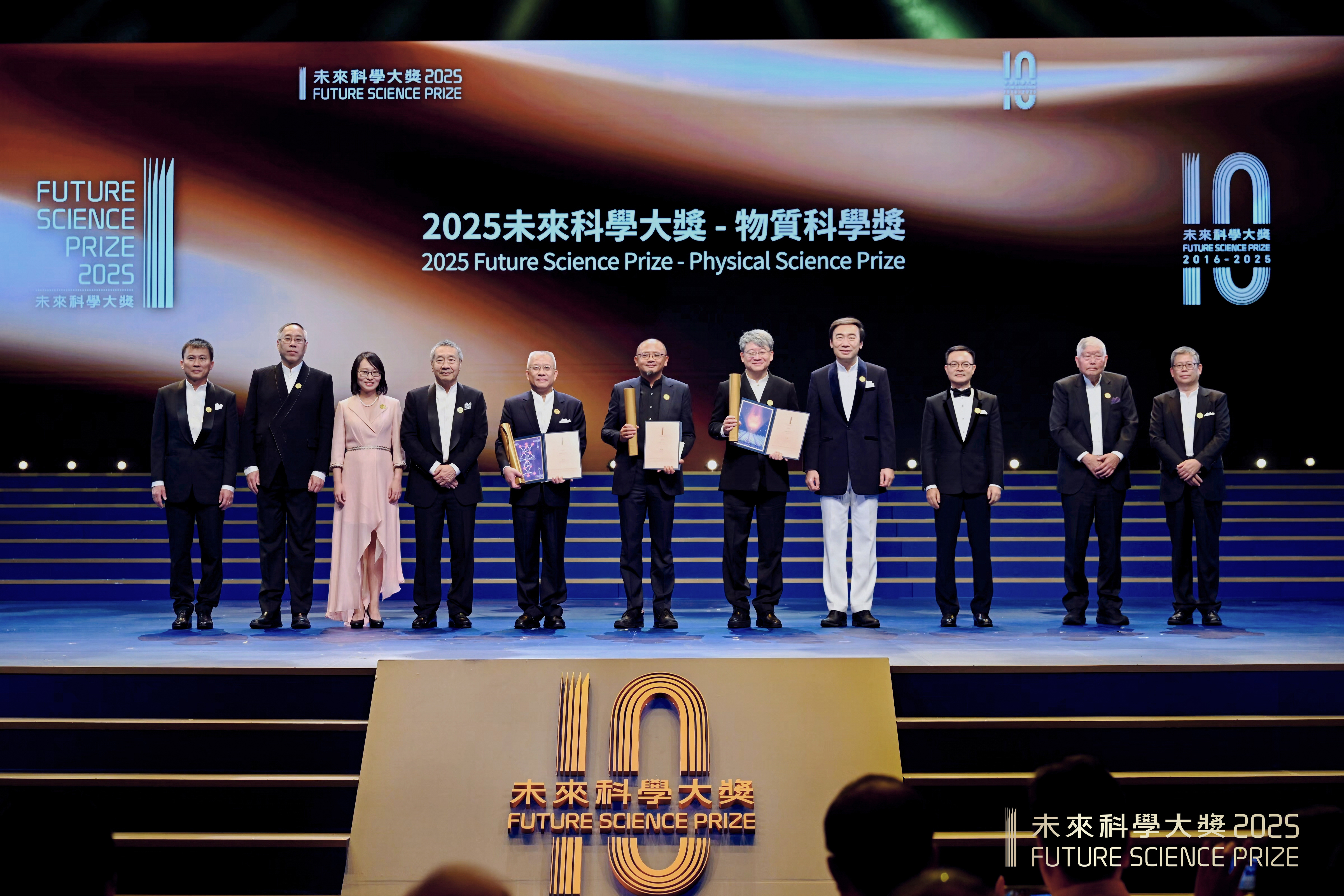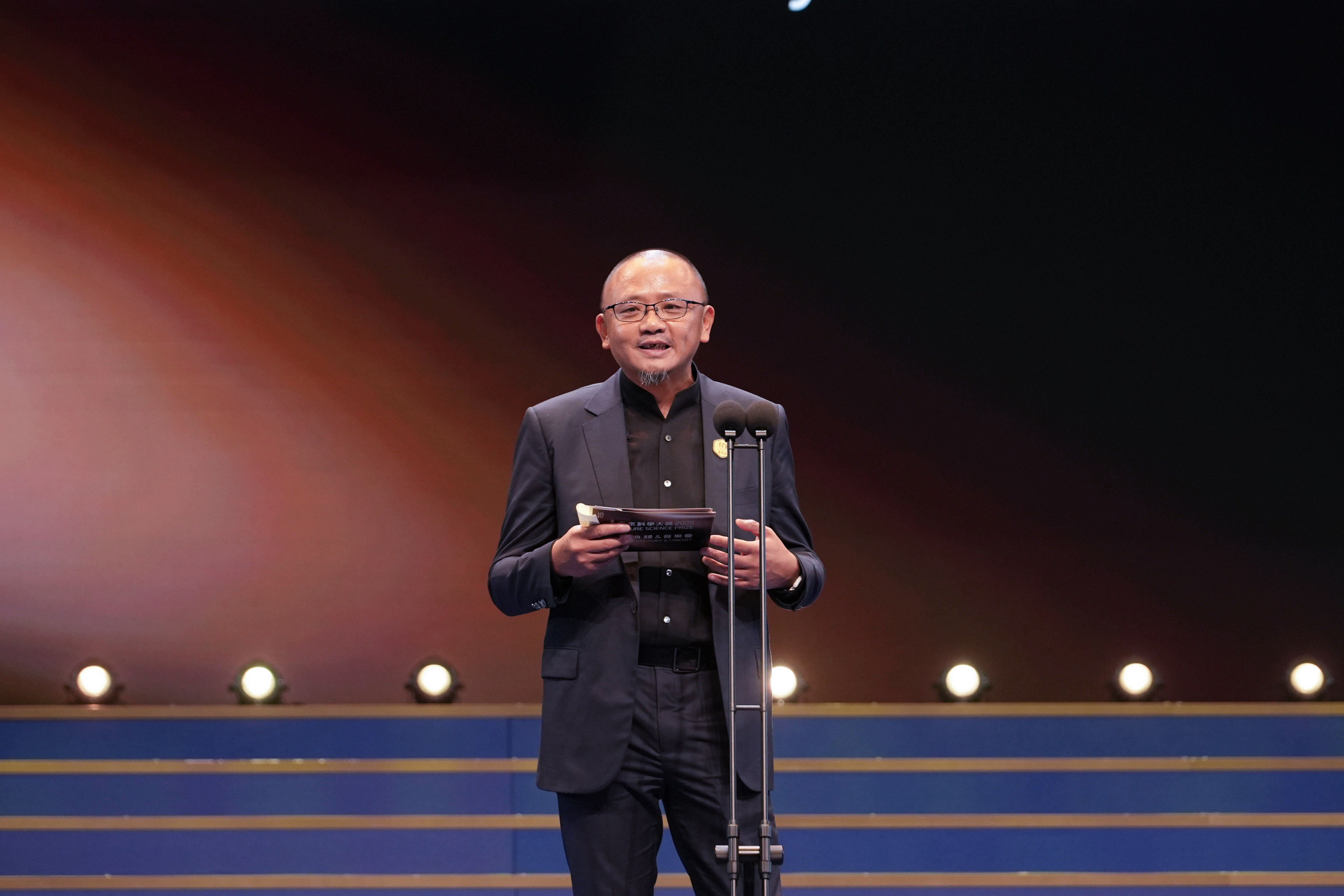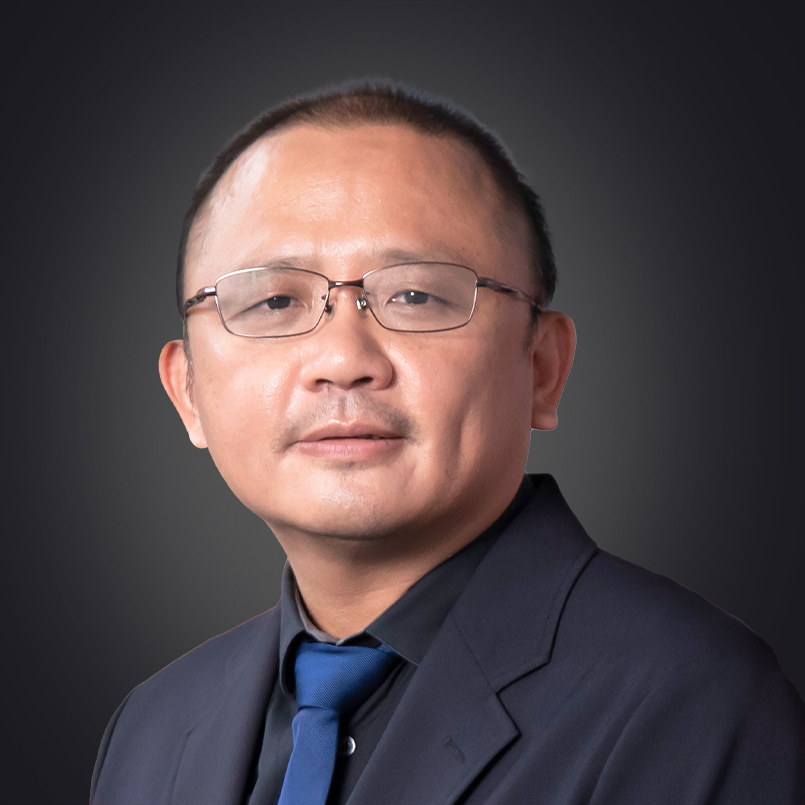
For their contributions to the computational prediction and experimental realization of topological electronic materials.
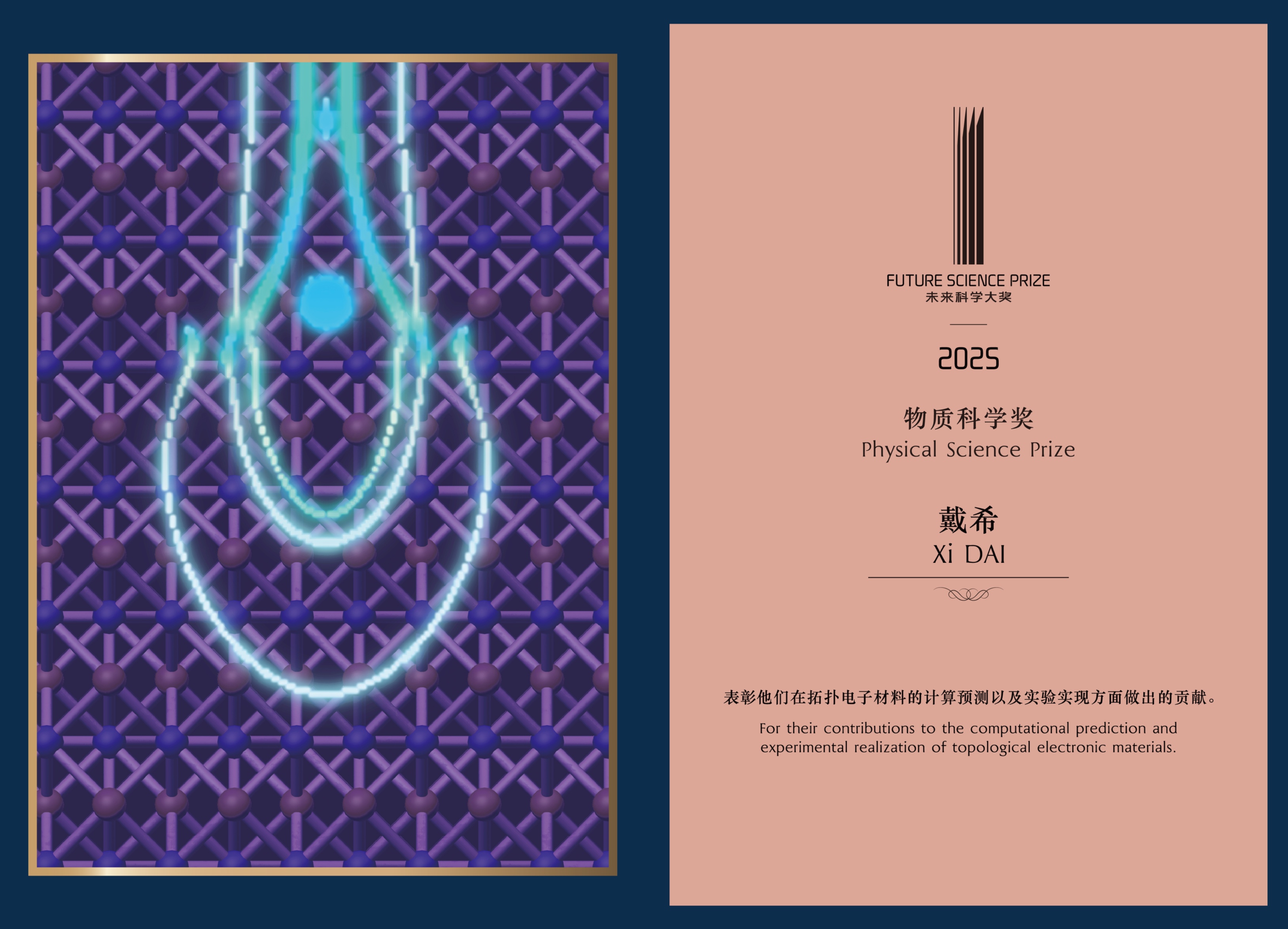
2025 The Physical Science Prize Laureate


Xi Dai, The Hong Kong University of Science and Technology
Prize Share 1/3
Work description:
The discovery of topological electronic materials stands as one of the most significant and exciting advances in condensed matter physics in recent decades. These materials exhibit nontrivial topological properties in their bulk electronic band structures, which give rise to unique conducting surface states that are remarkably robust against perturbations. They unite the abstract mathematical beauty of topology with the practical functionality of electronic materials, opening new avenues for applications in fields such as spintronics, quantum computing, and energy technologies.
Although a variety of topological band structures have been predicted to exist, often through the construction of idealized "toy" models, identifying them in real materials has proven to be a formidable challenge, akin to searching for needles in a haystack. Zhong Fang and Xi Dai pioneered a suite of computational methods that enabled the prediction of a series of topological materials, including topological insulators, quantum anomalous Hall systems, and Weyl semimetals. Hong Ding, meanwhile, played a key role in bridging theory and experiment. Through his innovative use of angle-resolved photoemission spectroscopy (ARPES), he provided the first experimental confirmation of Weyl fermions in the semimetal predicted by Zhong Fang and Xi Dai. Their methods have since been widely adopted by scientists worldwide.
Zhong Fang was born in Hubei, China, in 1970. He received his Ph.D. from the Huazhong University of Science and Technology in 1996.
Xi Dai was born in Zhejiang, China, in 1971. He received his Ph.D. from the Institute of Theoretical Physics, Chinese Academy of Sciences in 1999.
Hong Ding was born in Hunan, China, in 1968. He received his Ph.D. from the University of Illinois at Chicago in 1995.


